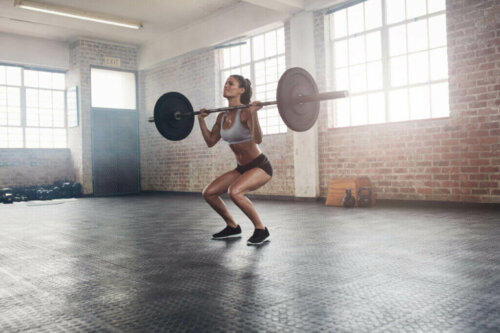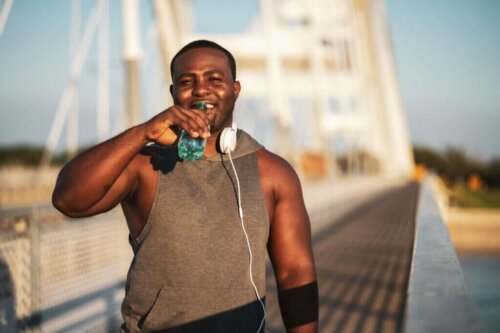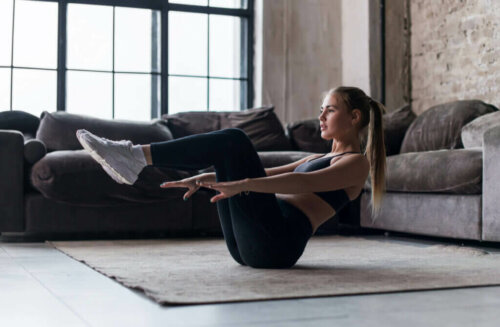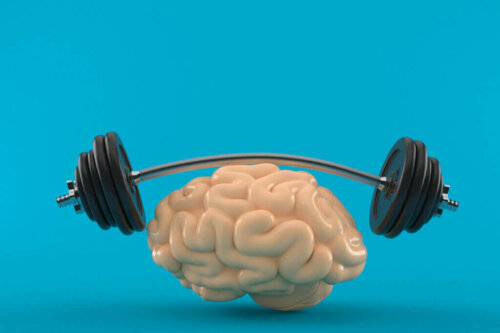What is Aerial Fitness?

Aerial fitness is a great way to burn fat and work out your entire body. And most importantly, it’s a blast. In our post today, we’ll explain more about the workout alternatives that suspend you in mid-air.
Aerial exercises: so many options to choose from
Are you tired of hitting the weight room or running? Do you want to try a workout that’s a little more exciting or dynamic? Aerial exercises are a great option if you answered “yes.” Not familiar with them? Check out our post today to learn about your options:
1. Aerial yoga
Aerial yoga, or anti-gravity yoga, is a modern workout that takes yoga up into the air, combining poses with aerial art. The workout calls for an elastic hammock that hangs from the ceiling and participants spend most of the session off the floor.
Aerial yoga started in the United States. Thought up by a dancer-gymnast, it was created to combine two disciplines and modernize yoga techniques. Working out on an elastic hammock or a band, helps to increase strength. Aerial yoga also helps participants lose weight, tone muscles and improve blood circulation.
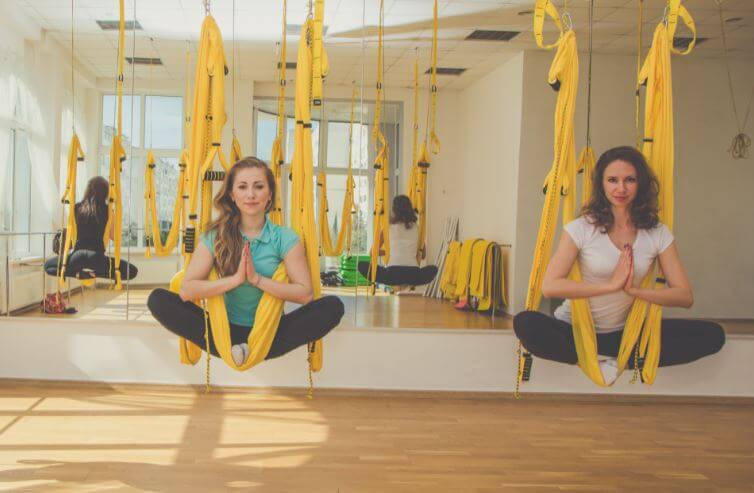
2. Aerial fabric workouts
Aerial fabric workouts are another popular option these days. Acrobatic fabric art originates from circus acts but it offers plenty of workout benefits. For example, aerial fabric workouts can tone muscles and increase arm, leg and abdominal strength.
Acrobatic fabric exercises can vary from basic to advance levels. Participants should follow their instructors’ lead. We want to highlight that participants move at their own pace.
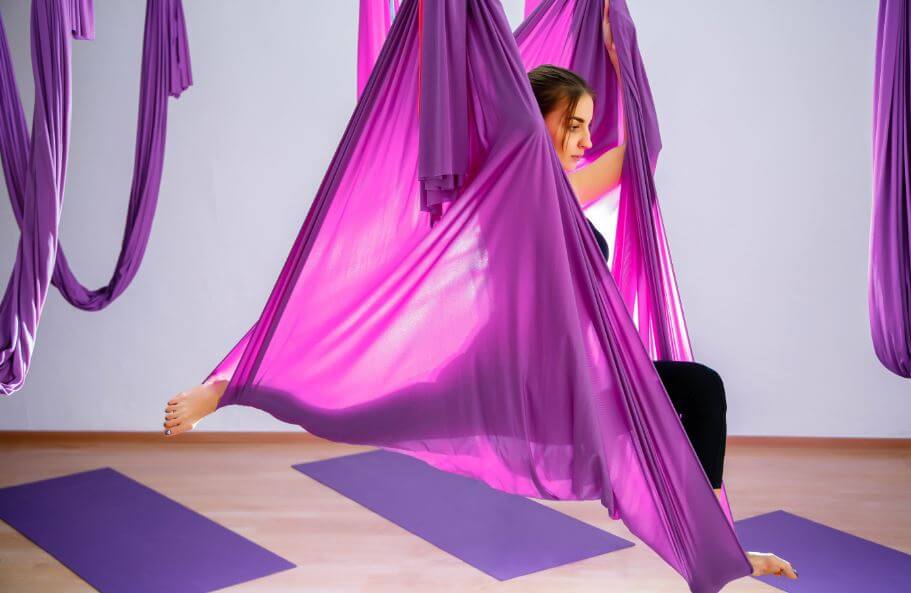
3. Kangoo Jump
This rebounding workout is plenty of fun, dynamic and intense. Kangoo Jump uses special boots that allow users to jump higher.
The workout has minimal impact on joints as the boots absorb the majority of the blow. Sessions have participants jumping, walking, running, dancing and jogging to the rhythm of the music. Some of the best health benefits these boots have in store are improved balance, fat burn, and stress reduction.

4. Body Jump
Body Jump goes by many names– Power Jump, Mini Trampoline– but the objective stays more or less the same. In Body Jump, participants jump on an individual trampoline and move to the music.
Sessions really work out the lower part of the body, but they also include ab workouts and push-ups to strengthen the upper body as well. If you’re looking for a workout to tone your legs and glutes, Body Jump is your solution.
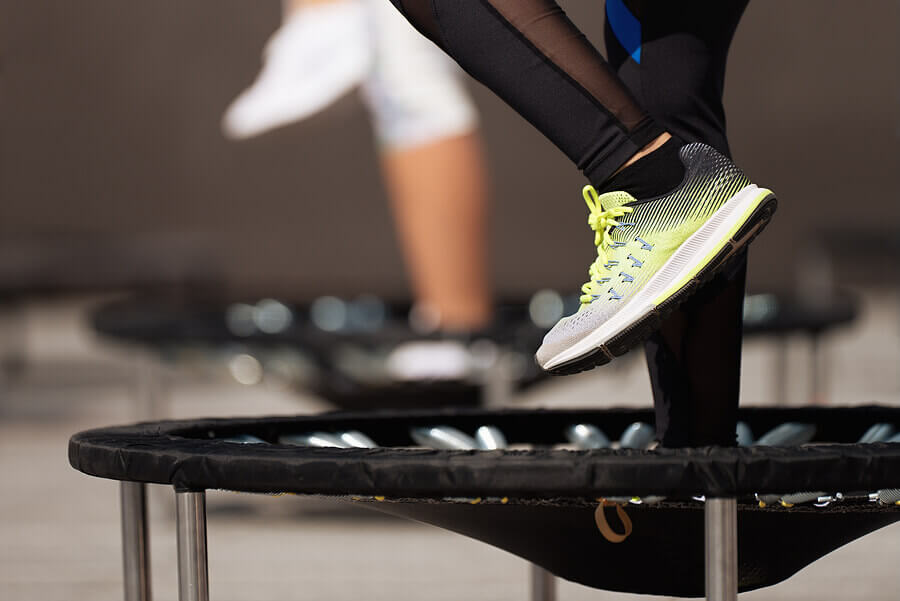
Besides, Body Jump is a blast. You can move to music, changing rhythms and intensities, which help you develop better balance, posture, and flexibility.
5. Airfit
The next aerial workout on our list is a combination of multiple disciplines. Airfit uses bungee ropes to keep your body moving constantly throughout the air.
Airfit combines traditional fitness routines, such as squats or push-ups, with bungee ropes. You’ll feel as if you’re flying because you’ll be hooked up to a harness and rope that’s long enough to flip you upside-down without touching the floor.
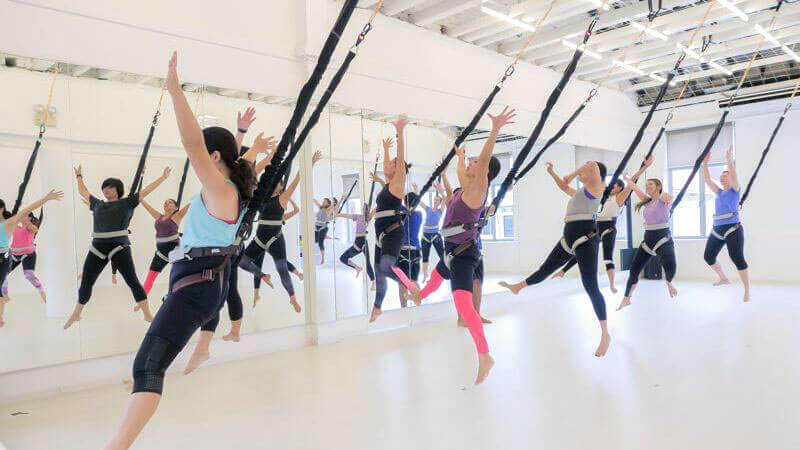
6. TRX workouts
While TRX workouts won’t keep participants in the air, they use bungee ropes to help them lift off the floor. Many exercises have participants supporting themselves just on their feet, knees, hands while the rest of the body hangs in mid-air.
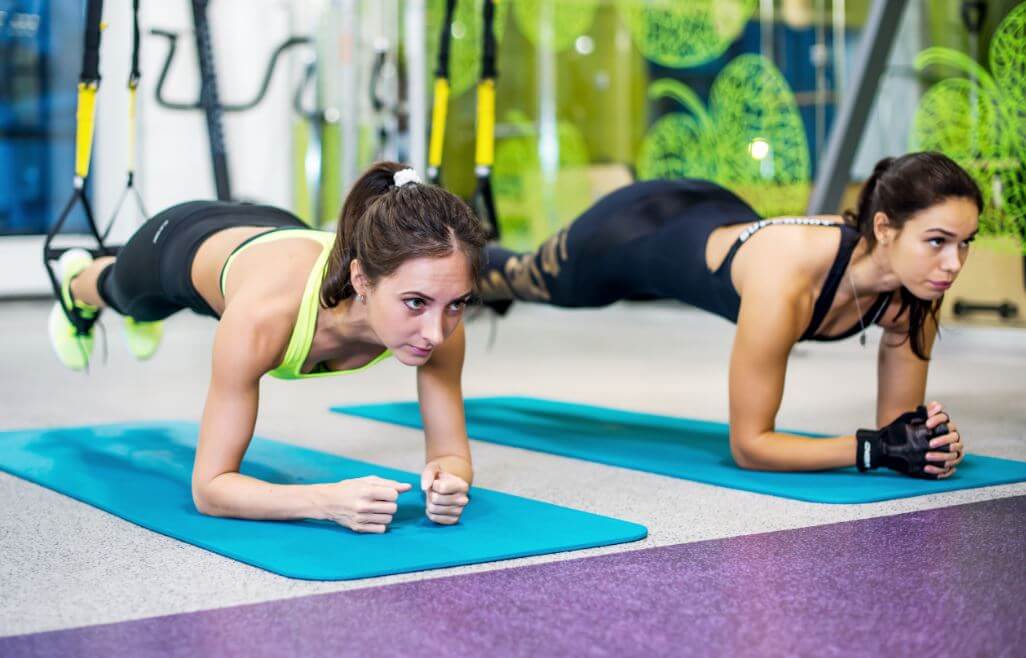
If you want to have fun, burn calories and defy gravity, aerial fitness is a great option for you. You’ll fly through class while toning your muscles, strengthening your cardiovascular system and blowing off steam. Say goodbye to boring and repetitive routines and throwing in the towel because of tedious workouts!
All cited sources were thoroughly reviewed by our team to ensure their quality, reliability, currency, and validity. The bibliography of this article was considered reliable and of academic or scientific accuracy.
- Carballo, D. (1992). Sistema cardiovascular y ejercicio. Iatreia.
- Smith, L. E., Snow, J., Fargo, J. S., Buchanan, C. A., & Dalleck, L. C. (2016). The Acute and Chronic Health Benefits of TRX Suspension Training® in Healthy Adults. Int J Res Ex Phys. Int J Res Ex Phys, 11(112), 1–151. Retrieved from https://www.western.edu/sites/default/files/page/docs/esmith.et_.al_.spring.2016.pdf
- Popa, C., Patachia, M., Banita, S., & Dumitras, D. C. (2013). Exertion in kangoo jumps aerobic: Evaluation and interpretation using spectroscopic technique determinations. Journal of Spectroscopy, 1(1). https://doi.org/10.1155/2013/602434
- Lescano, C. Power jump. Delivery Fit. http://deliveryfit.com/wp-content/uploads/2017/02/Nota-24-Power-Jump-Revista-Maru.pdf
- Formación de profesores de yoga aéreo. El Rincón del Yogui (Alhaurín de la Torre). 2019. Málaga. https://www.iomfityogamalaga.es/wp-content/uploads/SEMINARIOS-2019.pdf
This text is provided for informational purposes only and does not replace consultation with a professional. If in doubt, consult your specialist.



